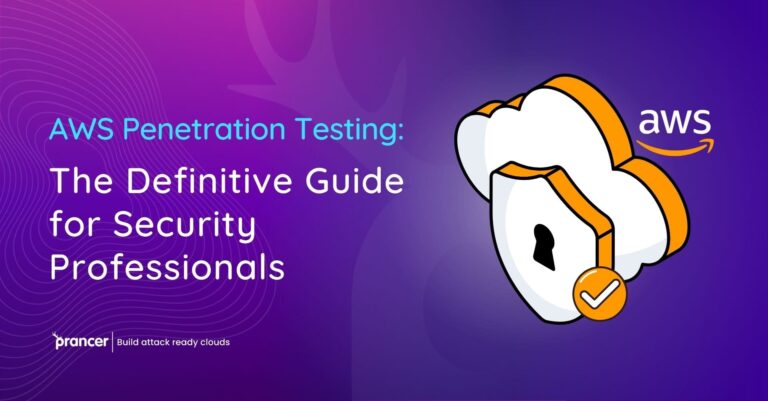

Infrastructure-as-Code has revolutionized cloud environments by providing a scalable and automated approach to infrastructure management. In this article, we delve into the importance of automated security and application security in the context of IaC. Discover how Prancer’s advanced solutions can help fortify your cloud security through automated infrastructure-as-code validation.
The Role of Infrastructure-as-Code Validation: IaC validation is crucial for ensuring the security, reliability, and compliance of cloud environments. By validating infrastructure configurations against best practices and security standards, organizations can mitigate risks, detect misconfigurations, and maintain a strong security posture.
The Power of Automated Security: Prancer’s automated security solutions play a pivotal role in enhancing cloud security through automated Iac validation. With intelligent algorithms, continuous monitoring, and real-time threat intelligence, these solutions enable organizations to automate security assessments, detect vulnerabilities, enforce compliance, and strengthen their application security in the cloud.
In addition to the automated security solutions highlighted above, Prancer offers features such as secure code storage, access controls, and real-time threat intelligence to further enhance cloud security. With Prancer’s comprehensive suite of automated security solutions, organizations can streamline infrastructure-as-code validation, protect sensitive data, and fortify their application security.
Fortify Your Cloud Security with Prancer’s Automated Infrastructure-as-Code Validation
Automated infrastructure-as-code validation is instrumental in enhancing cloud security and application security. By leveraging Prancer’s advanced automated security solutions, organizations can validate their infrastructure configurations, detect vulnerabilities, and ensure ongoing compliance. Safeguard your cloud environment, fortify your application security, and streamline your infrastructure-as-code validation with Prancer’s automated solutions.
